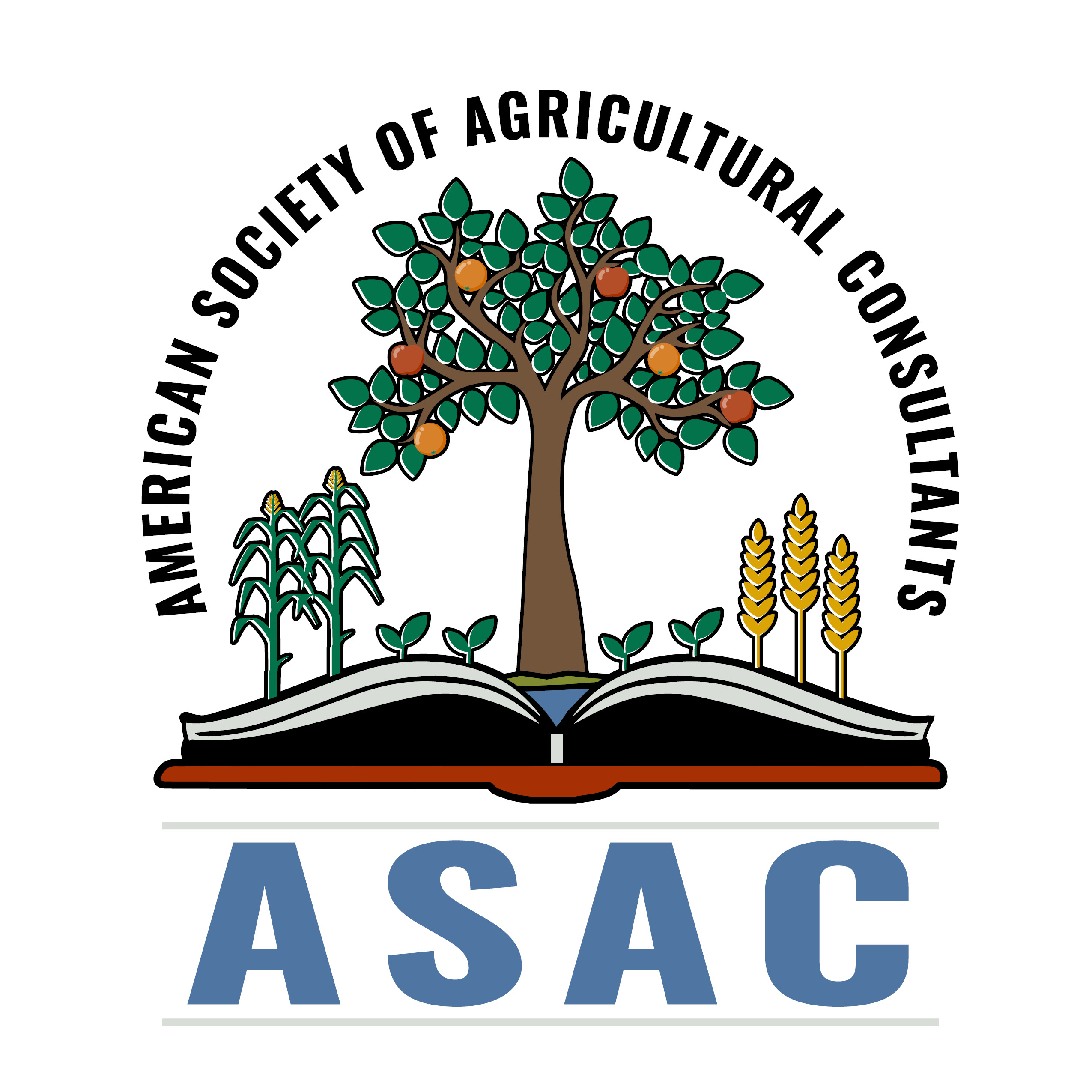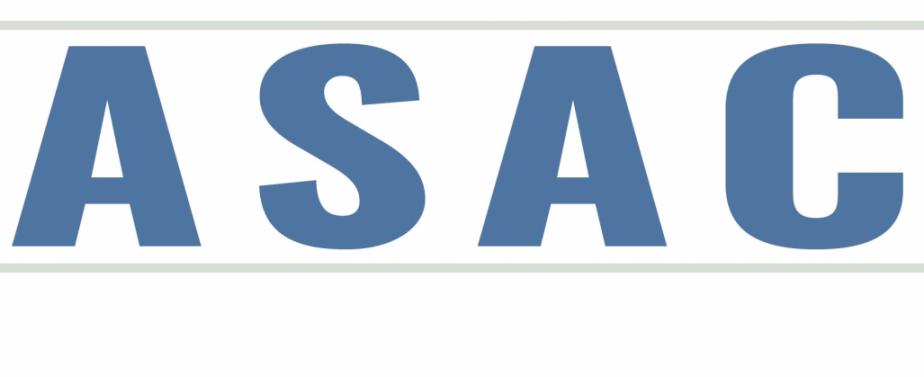At the ASAC Conference—Beef on Dairy is Transforming Markets
12/18/2024
One of the most interesting changes in agricultural markets is the effect that beef on dairy animals are having on the overall beef market. During the 2024 ASAC Conference in Ft. Myers, Florida, Corey Geiger, Lead Economist, Dairy Knowledge Exchange Division, CoBank, provided keen insights into how changes in dairy cattle breeding programs have altered both the beef and dairy businesses.
Corey spoke of the “Triple Play” of sexed semen, genomics and beef on dairy as the drivers of these dramatic changes. Sexed semen refers to the ability to increase the chances of creating a heifer calf to use for eventual inclusion in the milking herd, and using preferred genetic traits in those animals. This strategy allows dairy producers to only breed their best cows with high-probability female semen, and use the semen for beef breeds to their poorer-producing cows. This increases average milk production without changing the number of dairy cows in the US.
Genomics is the effect of extensive genetic testing throughout the dairy business that reveals 70% of the genetic ability of an animal while still a calf. This allows the dairy producer to do a much better job of selecting the most productive females long before they have ever been milked. This one strategy has resulted in a $329 million net annual gain in revenues to the dairy industry.
The shift to breeding dairy cows to produce animals for beef production rather than milk production—the beef on dairy strategy—has been a response to the additional value that an animal for beef consumption brings to the producer. Beef prices have remained high, and the number of beef cows in the US has fallen to the lowest number since 1961 at 28.2 million head. The supply of beef will continue to be low for several more years, leading to continued high prices for beef for consumption.
Along with this trend, the price for replacement heifers for dairy operations has doubled and tripled in some areas, causing some dairies to reduce the number of heifers they buy for replacements, and putting a damper on dairy herd expansion. This will keep dairy prices, which are at very profitable rates now, in the black for some time.
There is currently little incentive for beef producers or for dairy producers to increase their herds, meaning that the current levels of production should remain at these levels for a few more years at least.
ASAC greatly appreciates the information that Corey provided, allowing our members to share this information with their clients so they can maximize their production and improve their long-term profitability.
= = = = = =
This article is the opinion and perspective of the author and may or may not be consistent with those of anyone else. Mention of specific people or items in the article is not an endorsement of the individual, the company or the organization from which it originates.
= = = = =
Don Tyler
ASAC Board Member
Tyler & Associates
One of the most interesting changes in agricultural markets is the effect that beef on dairy animals are having on the overall beef market. During the 2024 ASAC Conference in Ft. Myers, Florida, Corey Geiger, Lead Economist, Dairy Knowledge Exchange Division, CoBank, provided keen insights into how changes in dairy cattle breeding programs have altered both the beef and dairy businesses.
Corey spoke of the “Triple Play” of sexed semen, genomics and beef on dairy as the drivers of these dramatic changes. Sexed semen refers to the ability to increase the chances of creating a heifer calf to use for eventual inclusion in the milking herd, and using preferred genetic traits in those animals. This strategy allows dairy producers to only breed their best cows with high-probability female semen, and use the semen for beef breeds to their poorer-producing cows. This increases average milk production without changing the number of dairy cows in the US.
Genomics is the effect of extensive genetic testing throughout the dairy business that reveals 70% of the genetic ability of an animal while still a calf. This allows the dairy producer to do a much better job of selecting the most productive females long before they have ever been milked. This one strategy has resulted in a $329 million net annual gain in revenues to the dairy industry.
The shift to breeding dairy cows to produce animals for beef production rather than milk production—the beef on dairy strategy—has been a response to the additional value that an animal for beef consumption brings to the producer. Beef prices have remained high, and the number of beef cows in the US has fallen to the lowest number since 1961 at 28.2 million head. The supply of beef will continue to be low for several more years, leading to continued high prices for beef for consumption.
Along with this trend, the price for replacement heifers for dairy operations has doubled and tripled in some areas, causing some dairies to reduce the number of heifers they buy for replacements, and putting a damper on dairy herd expansion. This will keep dairy prices, which are at very profitable rates now, in the black for some time.
There is currently little incentive for beef producers or for dairy producers to increase their herds, meaning that the current levels of production should remain at these levels for a few more years at least.
ASAC greatly appreciates the information that Corey provided, allowing our members to share this information with their clients so they can maximize their production and improve their long-term profitability.
= = = = = =
This article is the opinion and perspective of the author and may or may not be consistent with those of anyone else. Mention of specific people or items in the article is not an endorsement of the individual, the company or the organization from which it originates.
= = = = =
Don Tyler
ASAC Board Member
Tyler & Associates
Post a new comment







